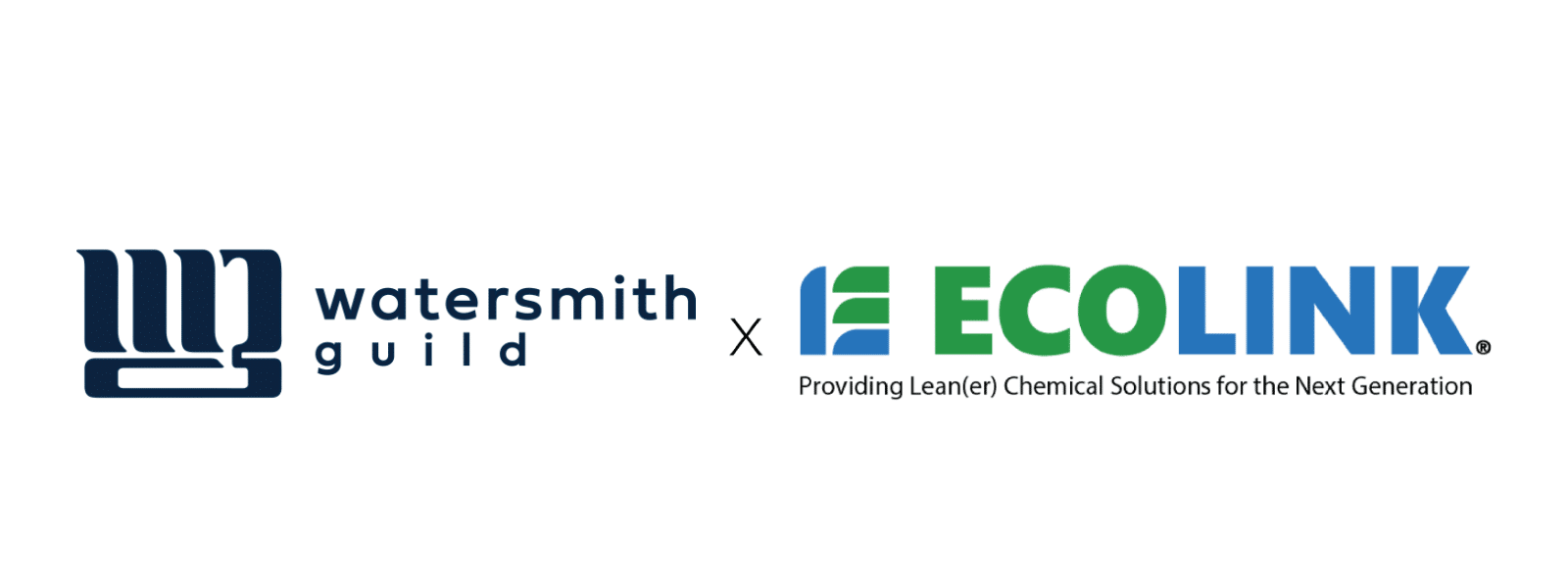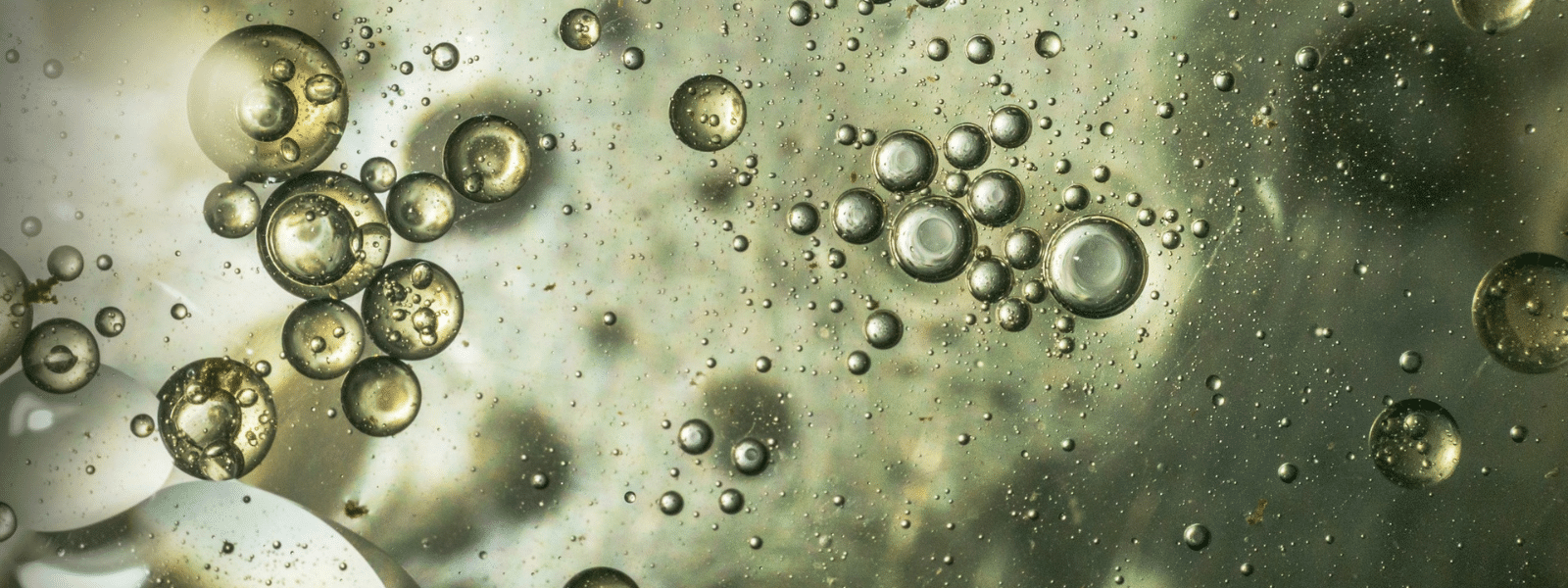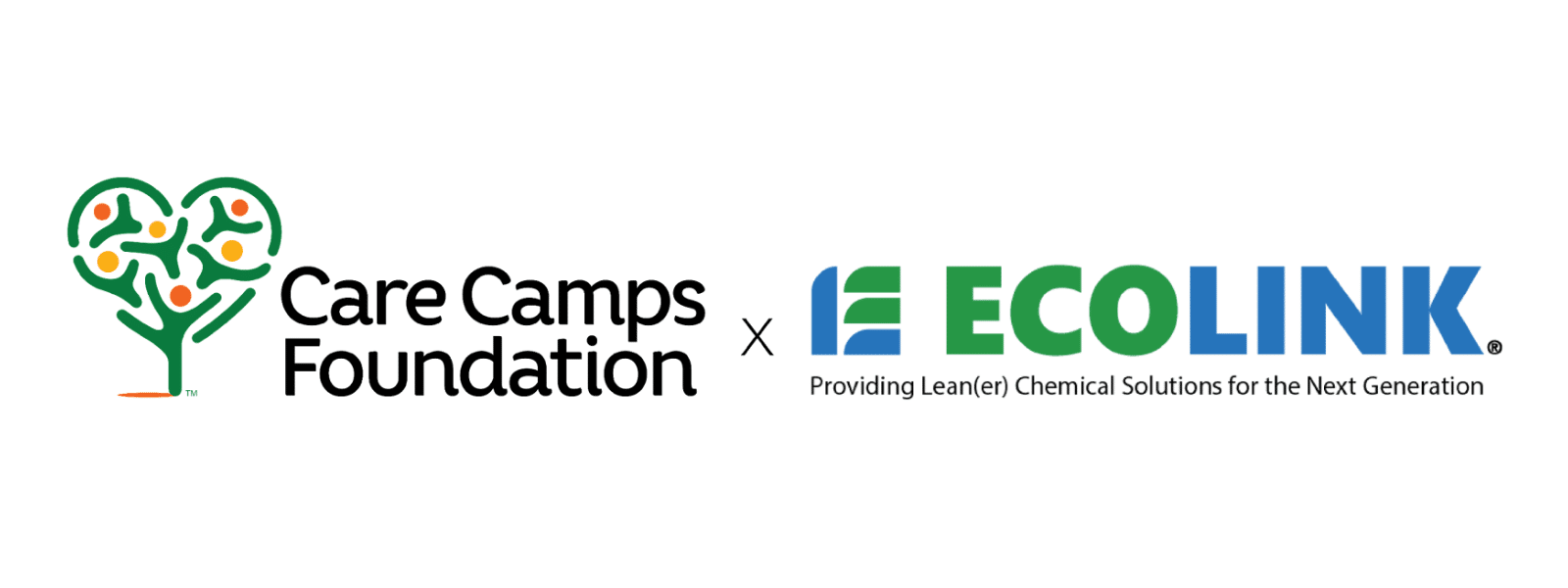Volatile organic compounds (VOCs) are chemical compounds that have a high vapor pressure at normal room temperature (roughly 72 degrees). Their high vapor pressure results from their low boiling points, which accounts for their swift transition from liquid to vapor, and gives them their “volatile” nature.
VOCs may be organic — a term we typically associate with healthy, sustainable products — but don’t let the word “organic” in volatile organic compounds fool you. Just as there are plenty of healthy organic substances, there are plenty of unhealthy ones, too — and VOC solvents often contain more than one of these dangerous substances.
That’s why we’re taking the time to discuss strategies you can take for reducing VOC chemicals in the workplace. By reducing VOC exposure, you’ll help prevent short-term effects of exposure to dangerous VOCs (e.g., headaches, dizziness, and respiratory distress), and help eliminate long-term effects of exposure (e.g., cancer, liver damage, and central nervous system (CNS) damage).
- Low VOC / VOC-free Replacements
We’ll start with the best option — and usually the most cost effective one — first: replacing solvents that have a plentitude of VOCs with solvents that are used for reducing VOC chemicals. It’s the same as with solving other problems in the workplace: Removing the source of the problem is the most effective way to remove its consequences. Ecolink can supply you with solvents that are low VOC or have zero VOC content.
- Personal Protective Equipment (PPE)
The next best solution for reducing VOC chemicals in terms of the health protection is to implement Level 3 PPE that features an aspirator that removes airborne contaminants. This level of PPE essentially encloses the worker in a protective envelope that prevents the inhalation of toxic vapors, as well as skin contact with them. PPE can be expensive, but, in the legal arena, it isn’t nearly as costly as the chemical injury lawsuits it helps to prevent.
- Special Air Filtration Technologies
Any company or organization that works with VOC solvents should have an air filtration system that removes VOCs from the air in the work environment. However, an air filtration system alone is rarely enough to prevent health problems that occur due to VOC exposure. The filtration system seldom captures VOCs immediately after they vaporize, which is often when the most intense level of exposure occurs.
- Sealed Parts Washing Systems
If you must absolutely use a solvent that has medium to high VOC content, using it in a sealed parts washing system is typically the best-case scenario. But the scenario is dependent on using a parts washing system that automatically transfers the solvent to a waste trap, or condenses the solvent in a cooling chamber that prepares the solvent to be reused.
Who We Are
Ecolink is a longtime supplier of industrial grade, environmentally preferred and environmentally safe solvents that are used for various applications, from general degreasing to removing flux residue. In addition to supplying stock solvents, we also accept custom orders that address the needs of specific customers. To learn more about our products and services, please call us today at (800) 563-1305, or use the contact form on our website.















